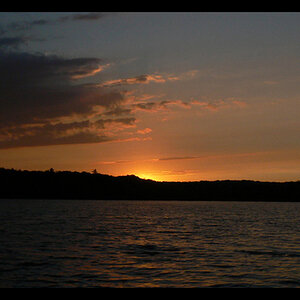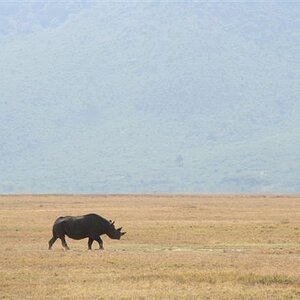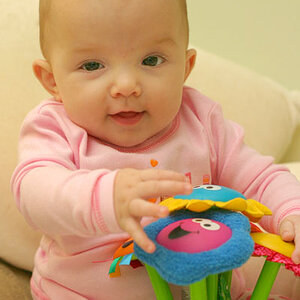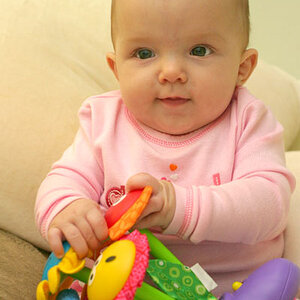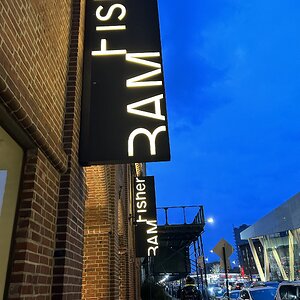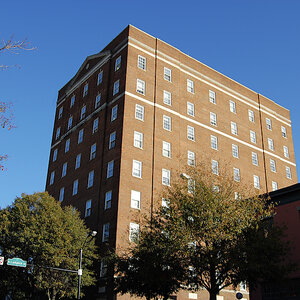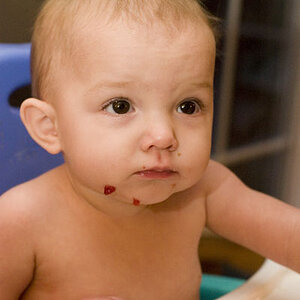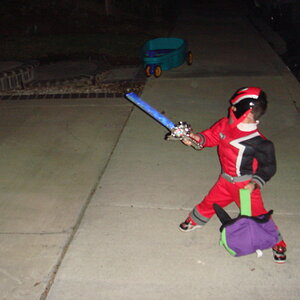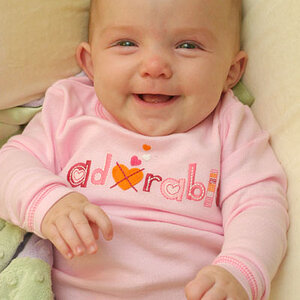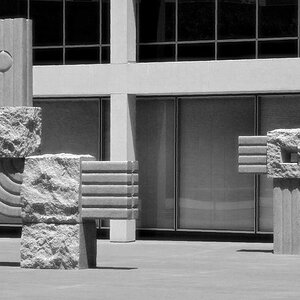KiddQue
TPF Noob!
- Joined
- Jun 13, 2013
- Messages
- 10
- Reaction score
- 0
- Location
- Austin, Tx
- Website
- www.flickr.com
- Can others edit my Photos
- Photos OK to edit
Hey whats up, I am new to photography and I want to get into Night life photography such as night time events, clubs, bars, concerts, etc. A few months ago I picked up my pops' Canon 30D, it has a EF 28-135mm 3.5-5.6 on it. I was thinking about buying a Nikon D3200 or a Canon Rebel T2i...Or i was thinking putting that money towards a better lens. What do you think would be a more appropriate decision?


